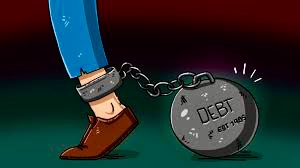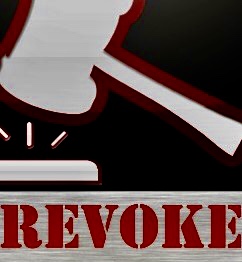
Re Johnston Estate 2017 BCSC 272 upheld the rule in Cherry v. Boultbee which provides that where a legatee of a share of the residue is a debtor of the estate, he or she is not entitled to receive his or her legacy without bringing his or her debt into account, even though the debt owed by the beneficiary in that case was 43 years old and was statute barred.
The rule derives from the case of Cherry v. Boultbee (1839), 4 My. & Cr. 442. It is an equitable principle designed to ensure fairness.
The purpose of the rule was to prevent a beneficiary who owed money to an estate from receiving more than his or her fair share of the estate.
In the case of Re: Akerman, Akerman v. Akerman, [1891] 3 Ch. 212, Kekewich J. stated:
A person who owes an estate money, that is to say, who is bound to increase the general mass of the estate by contribution of his own, cannot claim an aliquot share given to him out of that mass without first making the contribution which completes it. Nothing is in truth retained by the representative of the estate; nothing is in strict language set off; but the contributor is paid by holding in his own hand a part of the mass, which, if the mass were completed, he would receive back.
29 The rule has been held to apply even where the debt is statute-barred: see Re: Akerman.
30 The applicant submits that the rule continues to apply in Canada and relies on the decision of the Supreme Court of Canada in Canada Trust Company v. Lloyd et al, [1968] S.C.R. 300.
In that case, the Supreme Court applied the rule in Cherry v. Boultbee in finding that the contribution of three directors who had improperly withdrawn funds from the company some 43 years earlier, had to be taken into account in the distribution of the residue by the receiver. The court noted that the situation was analogous to that of a “legatee who must bring into account even a statute barred debt before he can claim a legacy left to him in the testator’s will”.
31 The applicant also relies on a more recent decision of the Ontario Court of Appeal, Olympia & York Developments Ltd. v. Royal Trust Co. (1993), 103 D.L.R. (4th) 129, where the court confirmed that the rule in Cherry v. Boultbee has been accepted in Canadian decisions and, where appropriate, applied.
The rule in Cherry v. Boultbee does not confer on the estate any right to recoup the amount owing but rather operates to ensure fairness in the distribution of an estate, recognizing that the relationship between a testator and his or her beneficiaries is typically not at arm’s length. The fundamental purpose of the rule is to ensure that beneficiaries are treated fairly and it embodies the principal that he who seeks equity must do equity. As the court noted in Re: Akerman, nothing is being retained by the representative and nothing is being set off but rather, the contributor is paid by what he is holding in his own hand.
The court in Re: Goy & Co Ltd., [1900] 2 Ch. 149, also noted that the claimant has in his own hands that which is applicable to the payment and should pay himself out of that. The question of whether the testator or the estate can recover the debt or whether the debt is statute barred is therefore largely irrelevant to the application of the rule. In my view, the change in approach to limitation provisions by the Supreme Court of Canada in Tolofson does not affect the application of the rule in Cherry v. Boultbee.
37 The decision of the Yukon Territory Court of Appeal in Leeper Estate makes it clear that the rule in Cherry v. Boultbee continues to apply in Canada.
39 The Estate of William Leonide Johnston is, however, entitled to retain and deduct from the share of the estate otherwise payable to the respondent an amount on account of the debt owed to the Estate of William Johnston by the respondent that was outstanding and owing on his death.




